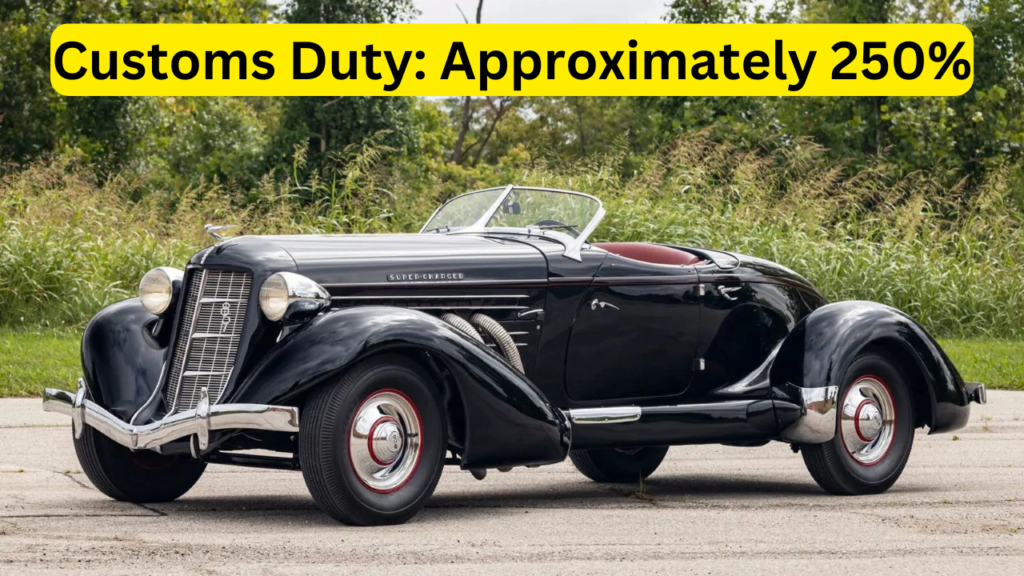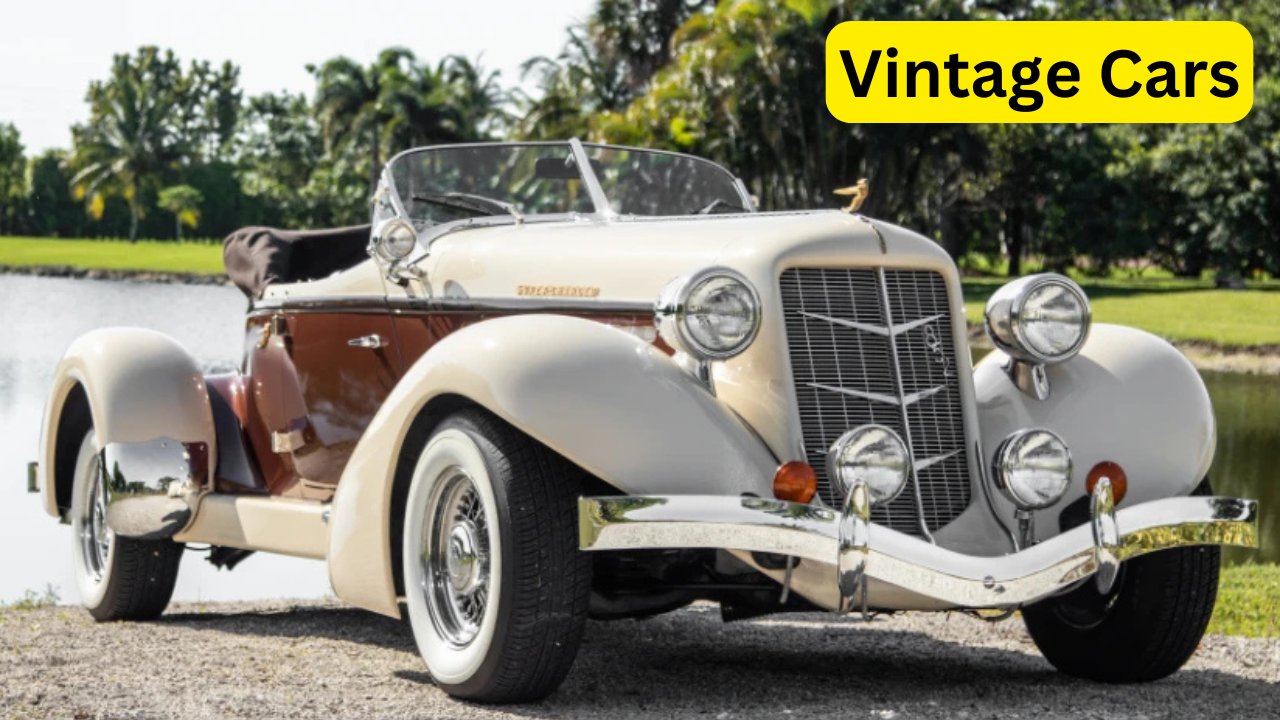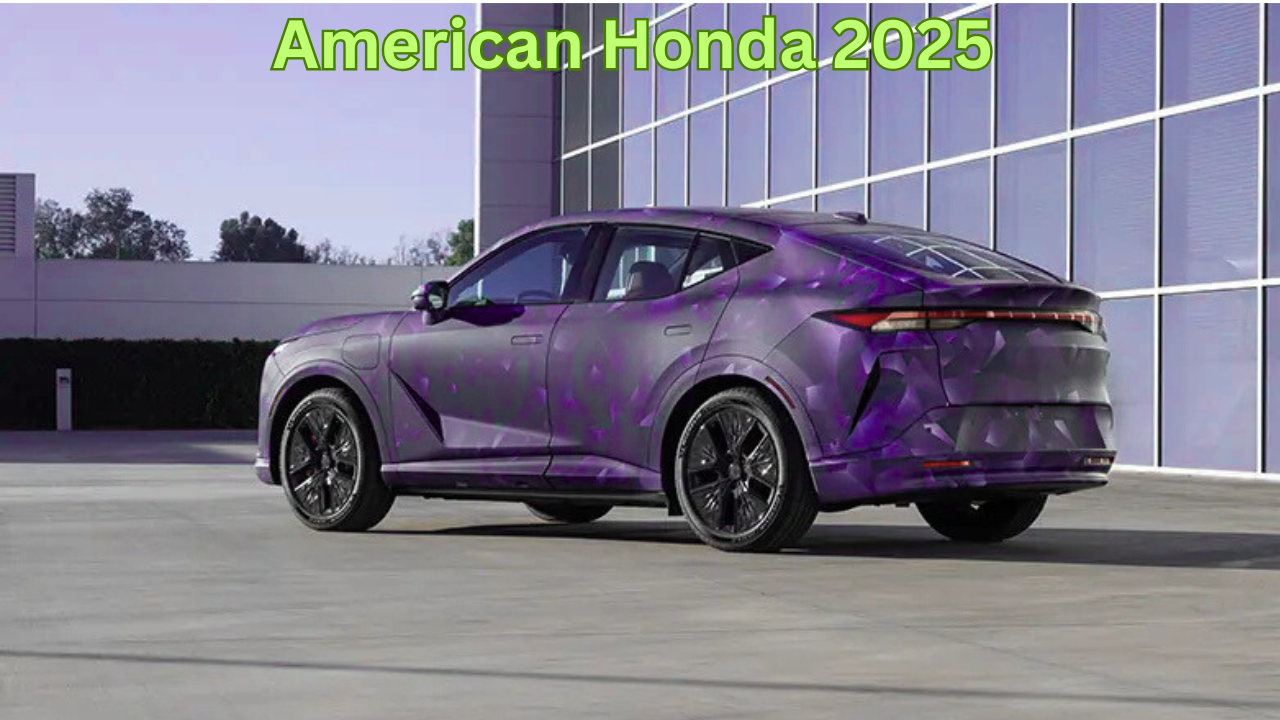New Import Rules for Vintage Cars in India: The Government of India has introduced a game-changing policy for vintage car enthusiasts, allowing the import of classic and vintage cars aged 50 years and older without requiring a special license. This means that vehicles manufactured up to 1975 can now be imported licence-free, a significant shift from the previous rule that only permitted cars built before 1950. This move is expected to open up a world of opportunities for collectors and enthusiasts who have long dreamed of owning iconic vehicles from the golden era of automobiles.
Under the new rolling eligibility rule, the import window will expand year after year. For instance, in 2025, cars manufactured up to 1975 will be eligible for import, while vehicles from 1976 will become eligible in 2026, and so on. The age of the vehicle will be determined by its original date of registration from its first sale. This progressive approach ensures that enthusiasts can continuously access a wider range of vintage and classic cars, making it easier to bring their dream vehicles home.
However, while the licence fee has been waived, customers must still pay heavy customs duties (around 250%), GST, and other charges. Additionally, the Directorate General of Foreign Trade (DGFT) has imposed strict rules to preserve the integrity of the vintage car market. Imported vintage vehicles cannot be resold in India, and dealers must comply with a 5-year no-sales rule. These measures ensure that these timeless machines remain within the collector community, fostering a culture of preservation and appreciation.
Also read: Xpeng Launches Two New Electric Models in the UK
Specifications and Features of Imported Vintage Cars
Specifications
| Feature | Details |
|---|---|
| Eligibility | Cars 50 years or older (manufactured up to 1975 in 2025, 1976 in 2026, etc.) |
| Import Licence | Not required |
| Customs Duty | Approximately 250% |
| GST | Applicable |
| Resale Policy | Prohibited in the Indian market |
| No-Sales Rule | 5-year restriction for dealers |
| Emission Compliance | Must meet The Motor Vehicles Act, 1988, and CMV Rules, 1989 |
| Registration | Based on the original date of first sale |
Performance and Design
Vintage cars are celebrated for their timeless design, craftsmanship, and historical significance. These vehicles often feature hand-built bodies, luxurious interiors, and iconic designs that reflect the automotive trends of their era. From the sleek curves of a 1960s Jaguar E-Type to the rugged charm of a 1970s Land Rover Defender, each vintage car tells a unique story.
In terms of performance, vintage cars may not match modern vehicles in speed or efficiency, but they offer an unparalleled driving experience. Their engines, often carbureted and mechanically simpler, deliver a raw and authentic feel that modern cars cannot replicate. Restoring and maintaining these vehicles is a labor of love, requiring specialized knowledge and skills.
Price Details and Launch Date
The cost of importing a vintage car can vary significantly depending on the model, condition, and rarity. While the licence fee has been waived, the hefty customs duty (around 250%) and GST can make the process expensive. For example, importing a classic car valued at $50,000 could incur customs duties of up to $125,000, excluding GST and other charges.
The new rules are already in effect, meaning enthusiasts can start importing eligible vehicles immediately. The rolling eligibility ensures that more models will become available each year, providing a steady stream of options for collectors.
Unique Selling Points
- Licence-Free Import: No special license is required, simplifying the process for enthusiasts.
- Rolling Eligibility: The import window expands annually, offering access to newer vintage models.
- Cultural Preservation: Strict resale and no-sales rules ensure these cars remain within the collector community.
- Boost to Restoration Industry: Increased demand for vintage cars will benefit workshops specializing in restoration and detailing.
- Historical Value: Owning a vintage car is like owning a piece of automotive history, with each model carrying its own legacy.

New Import Rules for Vintage Cars in India Conclusion
The new import rules for vintage cars in India mark a significant milestone for automotive enthusiasts and collectors. By allowing the licence-free import of vehicles aged 50 years and older, the government has opened the door to a world of iconic automobiles that were previously out of reach. The rolling eligibility system ensures that enthusiasts will have access to an ever-expanding range of classic and vintage cars, making it easier to own a piece of automotive history.
While the financial implications, such as high customs duties and GST, remain a challenge, the emotional and cultural value of owning a vintage car often outweighs the costs. The strict resale and no-sales rules further emphasize the importance of preserving these vehicles for future generations.
This policy is also expected to boost the vintage car restoration industry in India, creating new opportunities for workshops and specialists. From engine rebuilds to upholstery restoration, the demand for skilled craftsmanship is set to rise, contributing to the growth of a niche but passionate community.
For enthusiasts, the new rules are a dream come true, offering a chance to own and restore some of the most iconic vehicles ever made. Whether it’s a classic Rolls-Royce, a vintage Mustang, or a timeless Mercedes-Benz, the possibilities are endless.
In conclusion, the government’s decision to ease import restrictions on vintage cars is a win-win for collectors, the automotive industry, and India’s cultural heritage. It’s a step toward preserving the legacy of these magnificent machines while fostering a thriving community of enthusiasts and experts.
New Import Rules for Vintage Cars in India FAQs
1. What is the new rule for importing vintage cars in India?
The Government of India has introduced a new rule that allows the import of vintage and classic cars aged 50 years or older without requiring a special license. This means vehicles manufactured up to 1975 are now eligible for import in 2025, with the eligibility window rolling forward each year. For example, cars manufactured up to 1976 will become eligible in 2026, and so on. This change is a significant relaxation from the previous rule, which only permitted the import of cars built before 1950.
2. Do I need to pay customs duty on imported vintage cars?
Yes, while the licence fee has been waived, imported vintage cars are subject to heavy customs duty, which is approximately 250% of the car’s value. Additionally, buyers must pay Goods and Services Tax (GST) and other applicable charges. These costs can make the process expensive, but for many enthusiasts, the emotional and historical value of owning a vintage car outweighs the financial burden.
3. Can I resell an imported vintage car in India?
No, the Directorate General of Foreign Trade (DGFT) has strict rules prohibiting the resale of imported vintage cars in the Indian market. This rule is designed to ensure that these vehicles remain within the collector community and are preserved for their historical and cultural significance. Violating this rule can lead to penalties, including the inability to import vehicles in the future.
4. What is the 5-year no-sales rule for vintage cars?
The 5-year no-sales rule applies to dealers who import vintage cars. It states that these vehicles cannot be sold within five years of their import. This rule ensures that vintage cars are not treated as commercial commodities and are instead preserved as collectibles. It also encourages dealers to focus on sourcing vehicles for genuine enthusiasts rather than for profit-driven resale.
5. How is the age of a vintage car determined for import?
The age of a vintage car is determined by its original date of registration from its first sale. For example, if a car was first registered in 1970, it will be considered 50 years old in 2020 and thus eligible for import under the new rules. Buyers must provide documentation, such as the original registration certificate, to prove the vehicle’s age.
6. Are there any emission regulations for imported vintage cars?
Yes, imported vintage cars must comply with The Motor Vehicles Act, 1988, and The Central Motor Vehicles Rules, 1989, which include emission regulations. While vintage cars are not expected to meet modern emission standards, they must adhere to basic environmental guidelines. This ensures that these vehicles do not contribute excessively to pollution while still allowing enthusiasts to enjoy their classic charm.
7. How will the new rules impact the vintage car restoration industry?
The new rules are expected to significantly boost the vintage car restoration industry in India. With more enthusiasts importing classic cars, there will be increased demand for specialized services such as engine rebuilds, bodywork restoration, interior upholstery, and detailing. This will create new opportunities for workshops and skilled professionals, fostering a thriving ecosystem for vintage car enthusiasts. Additionally, the policy will encourage the growth of a niche market for rare spare parts and accessories, further supporting the restoration community.










